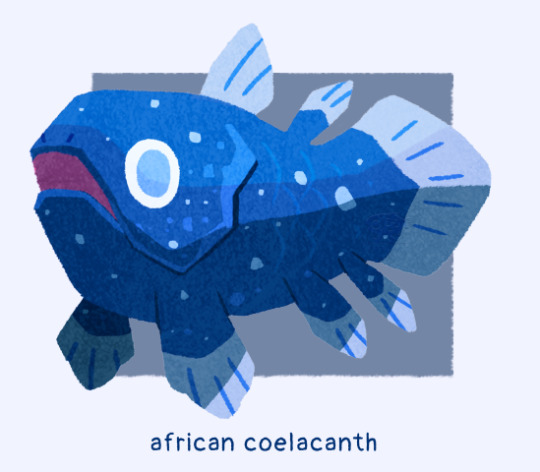Hi! I'm Mosshead (Moss for short). He/they ElI'm an aquarium science student! I have my associates in AQS but am now pursuing my bachelors, follow along!I was studying to be an aquarist but I've decided I want to do education in aquariums.
Don't wanna be here? Send us removal request.
Text
I got stung by a jellyfish today and it didn’t feel at all how I expected. I thought it would be similar to a wasp; an initial sharp stabbing pain that faded gradually. But instead I barely felt it at first, and then it turned into an itching, and gradually intensified into a deep burn over several minutes. I was very surprised by how unusual it was.
I started thinking about it and that actually kind of makes sense. A bee or wasp uses its sting defensively. It’s supposed to hurt right away, to tell whatever is bothering it to Fuck Off. But a jellyfish isn’t defending itself, it’s hunting. And once something is tangled in its tentacles, it’s already done for. The venom doesn’t need to have an initial punch of pain, it can take its time. The prey isn’t going anywhere. Obviously this depends on species but yeah it does make sense that jellyfish stings feel very different than wasp stings.
The sheer diversity of ways that animals can hurt you is beautiful and astounding.
6K notes
·
View notes
Text
Daily fish fact #783
Grey bichir!

It is able to move across land with the use of its pectoral fins, granted it stays wet. An experiment conducted on this species of fish raised several young individuals in tanks with only a few millimeters of water (and misters, which made sure the fish were moist), to see if there were any differences in their development compared to water-raised bichirs to hint at how the first tetrapods came to be. They found that these land-raised bichirs held their head higher by keeping their pectoral fins closer to their bodies, their collarbones were sturdier, and the bones connected to their skull changed to allow for more free movement!
546 notes
·
View notes
Text
I am not "yapping" I have valuable research to share
1K notes
·
View notes
Text

Submitted for classification by @goldenandglorious
By plawrynpx, CC BY-NC
38 notes
·
View notes
Text
rb with your most common recurring theme in your nightmares. mine is pregnancy
#snakes. my younger sister being threatened. nudity especially around how big my chest is#in case you were wondering if getting double Ds at age 11 fucks a person up#it 100% does
46K notes
·
View notes
Text
(to the tune of waterloo by ABBA) water blue! sometimes is green due to algal bloom!
6K notes
·
View notes
Text
Monterey Bay is currently having a discussion on marine protected areas!
1 note
·
View note
Text

By Bjørn Christian Tørrissen - own photo - CC BY-SA 4.0.
113 notes
·
View notes
Text

who let biologists play dnd
65K notes
·
View notes
Text


An aquarium in Japan was closed for renovations, and their resident sunfish got depressed not seeing visitors. So the staff put some uniforms with printed faces against the tank, and it immediately recovered.
155K notes
·
View notes
Text


Submitted for classification by anonymous. "THE GUMBOOT CHITON 🔥🔥🔥🔥🔥🔥🔥💥💥💥💥💥💥💥💥💥🗣️🗣️🗣️🗣️🗣️🗣️🗣️🗣️🗣️" By erikadelemarre at iNaturalist
81 notes
·
View notes
Text

color study of just some cool ass fish. Original image sourced from @ meenmeen_0 on tik tok!
17K notes
·
View notes
Text

♪ It's time for Fish Fact Friday! ♪
The African coelacanth is a living fossil, and one of only two extant species of coelacanth! African coelacanths have vivid blue scales, which distinguish them from the brown-scaled Indonesian coelocanth.
They often reside in underwater lava caves, spending the day resting in the caves and hunting in their vicinity at night. Unlike most other vertebrates, they have a hinge in the back of their skull which allows them to move both their upper and lower jaw simultaneously - this allows them to open their jaws extra wide to catch prey!
4K notes
·
View notes
Text

The shape of a fish's caudal tail can tell you a lot about how fast the fish moves! A rounded tail is the slowest and a lunate tail is the fastest! The lunate tail has the most optimal ratio of high thrust and low draw, making it the fastest.
Ichthyology Notes 2/?
49K notes
·
View notes
Text

(college stuff) everyone give it up for the humble arapaima
39K notes
·
View notes

